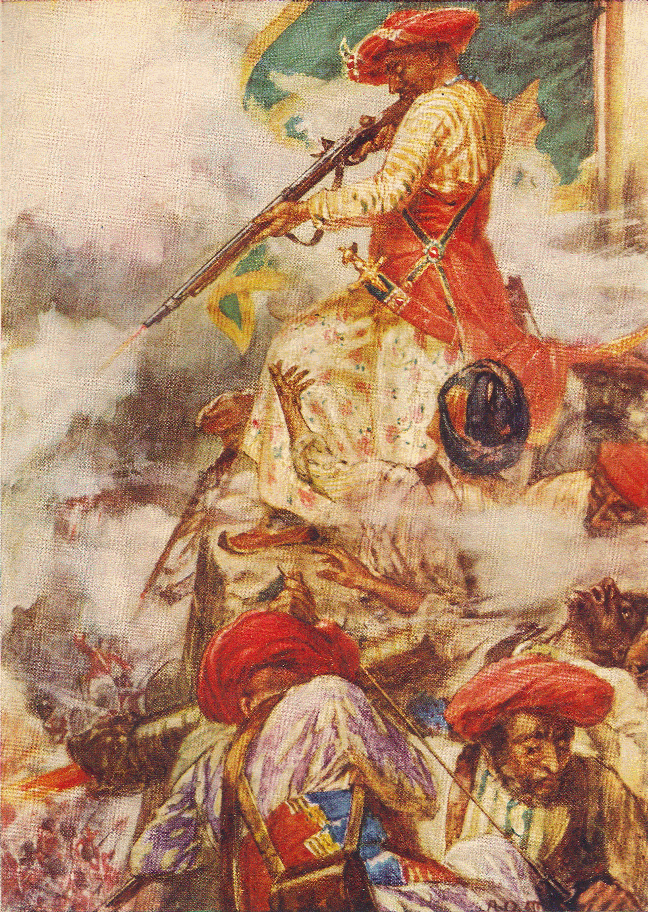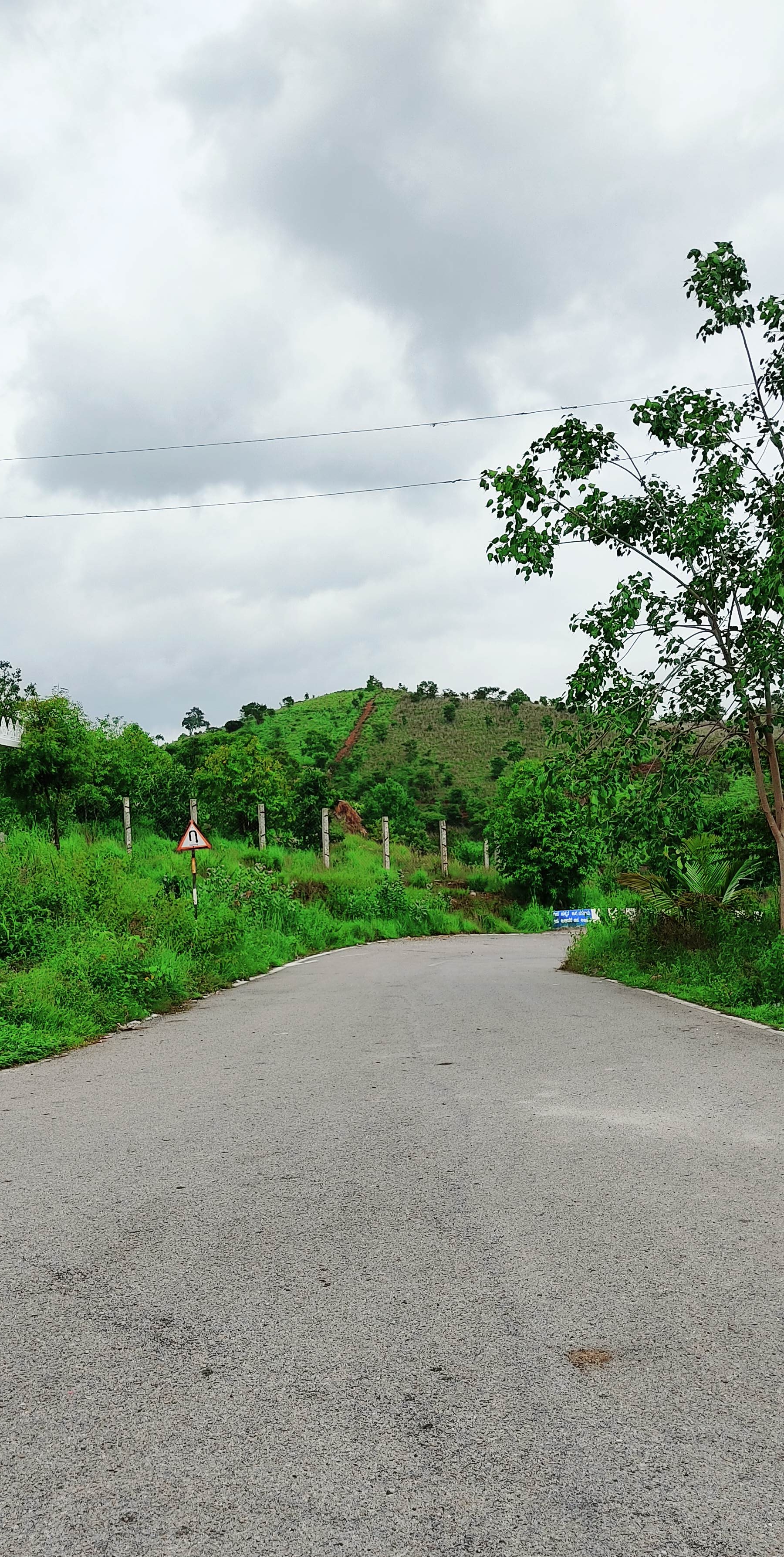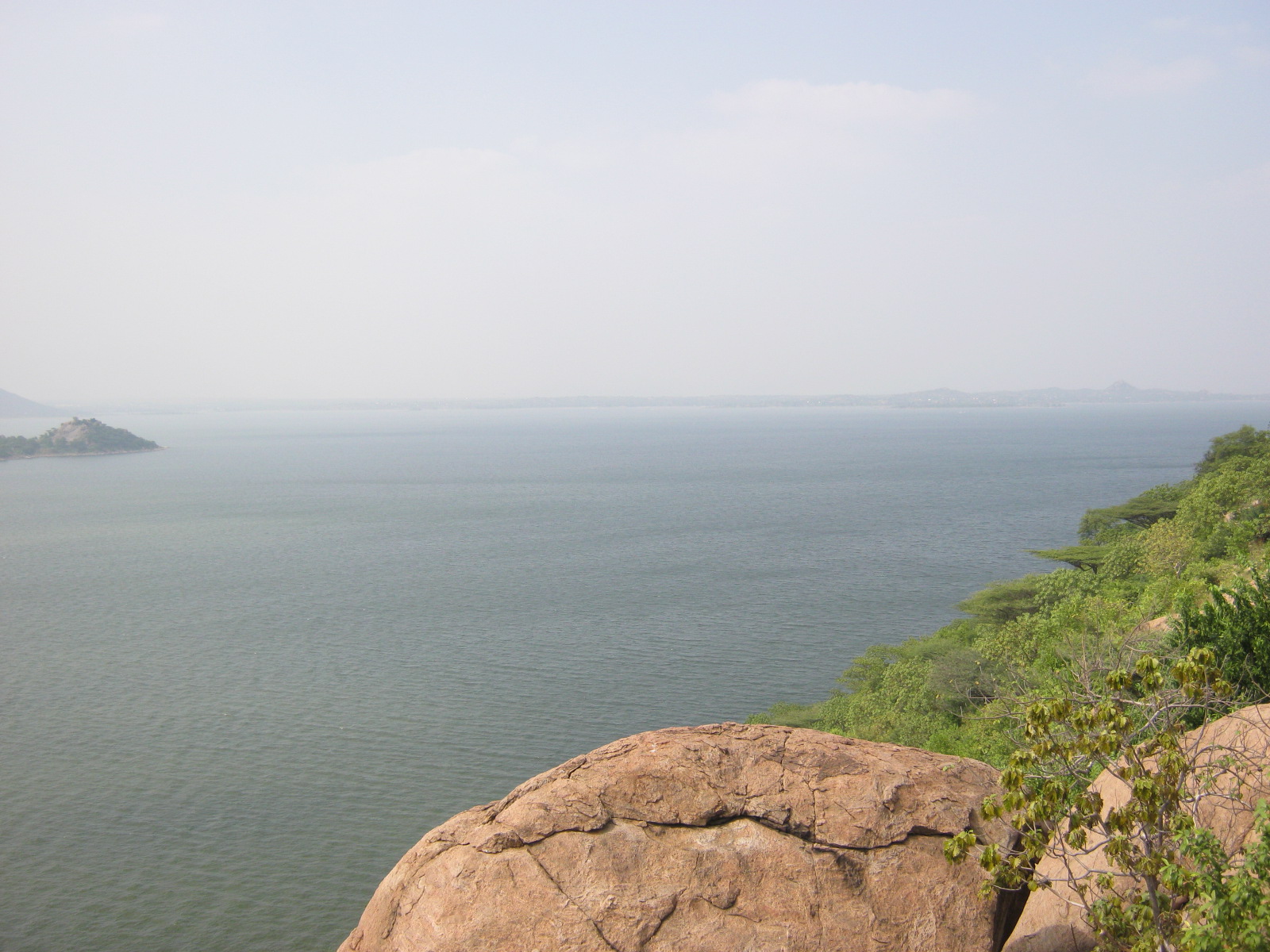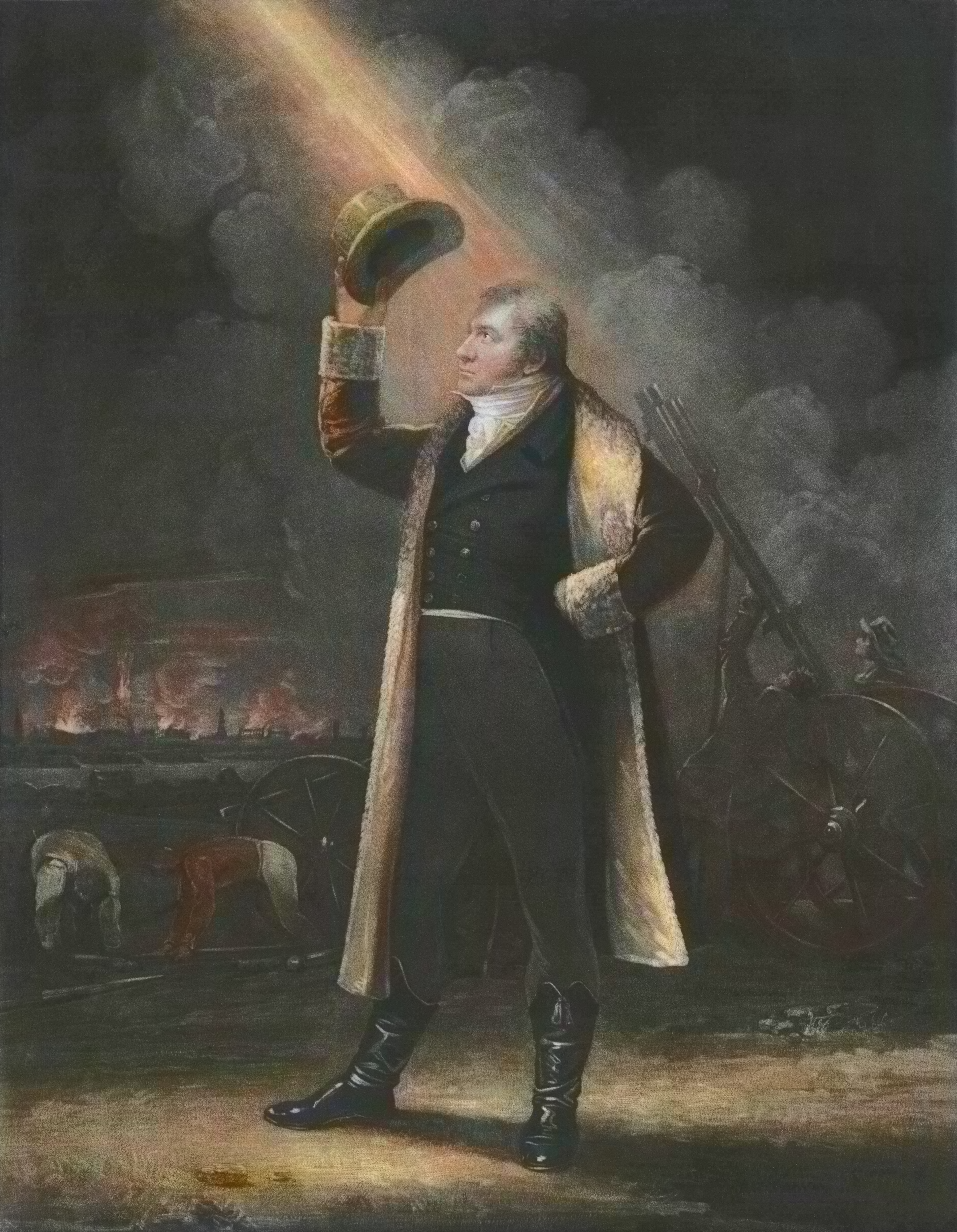|
Siege Of Seringapatam (1792)
The 1792 Siege of Seringapatam was a battle and siege of the Mysorean capital city of Seringapatam (Srirangapatna) at the end of the Third Anglo-Mysore War. An army led by Charles, Earl Cornwallis, consisting of British East India Company and British Army forces, along with allied forces from the Maratha Empire and the Nizam of Hyderabad, arrived at Seringapatam on 5 February 1792, and after less than three weeks of battle and siege, forced Tipu Sultan to capitulate. With his agreement to the Treaty of Seringapatam on 18 March 1792, the war came to an end. Background The prospects for Tipu Sultan, the Muslim ruler of the Kingdom of Mysore, had declined significantly during the 1791 campaign season of the Third Anglo-Mysore War. Although he had been able to reverse some advances made by forces of the British East India Company forces under General William Medows in 1790, he had lost ground on all fronts in 1791, and only a slash-and-burn policy to deprive his opponents of pro ... [...More Info...] [...Related Items...] OR: [Wikipedia] [Google] [Baidu] |
Third Anglo-Mysore War
The Third Anglo-Mysore War (1790–1792) was a conflict in South India between the Kingdom of Mysore and the British East India Company, the Kingdom of Travancore, the Maratha Empire, and the Nizam of Hyderabad. It was the third of four Anglo-Mysore Wars. Background Tipu Sultan, the ruler of the Kingdom of Mysore, and his father Hyder Ali before him, had previously fought twice with the forces of the British East India Company. The First Anglo-Mysore War, fought in the 1760s, had ended inconclusively on both sides, with treaty provisions including promises of mutual assistance in future conflicts. British failure to support Mysore in conflicts with the Maratha Empire and other actions supportive of Mysore's enemies led Hyder to develop a dislike for the British. After the British took the French-controlled port of Mahé in 1779, Hyder, who had been receiving military supplies through that port and had placed it under his protection, opened the Second Anglo-Mysore War. This w ... [...More Info...] [...Related Items...] OR: [Wikipedia] [Google] [Baidu] |
Siege Of Coimbatore
The siege of Coimbatore was a siege conducted by forces of the Kingdom of Mysore against a garrison of British East India Company and Travancore troops holding the fortress at Coimbatore in southern India during the Third Anglo-Mysore War. The siege began in May 1791, and several men trying to storm the fort were repulsed on 11 June, after which the garrison of Lieutenant John Chalmers was reinforced, and a larger Mysorean force was brought against it. The garrison eventually surrendered on 2 November. Tipu Sultan Tipu Sultan (born Sultan Fateh Ali Sahab Tipu, 1 December 1751 – 4 May 1799), also known as the Tiger of Mysore, was the ruler of the Kingdom of Mysore based in South India. He was a pioneer of rocket artillery.Dalrymple, p. 243 He i ... broke the terms of the surrender, and held the garrison's commanding officers prisoner. John Chalmers was also held prisoner by Tipu Sultan and his forces. It is believed that around 100 British soldiers were execute ... [...More Info...] [...Related Items...] OR: [Wikipedia] [Google] [Baidu] |
Musket
A musket is a muzzle-loaded long gun that appeared as a smoothbore weapon in the early 16th century, at first as a heavier variant of the arquebus, capable of penetrating plate armour. By the mid-16th century, this type of musket gradually disappeared as the use of heavy armour declined, but ''musket'' continued as the generic term for smoothbore long guns until the mid-19th century. In turn, this style of musket was retired in the 19th century when rifled muskets (simply called rifles in modern terminology) using the Minié ball (invented by Claude-Étienne Minié in 1849) became common. The development of breech-loading firearms using self-contained cartridges (introduced by Casimir Lefaucheux in 1835) and the first reliable repeating rifles produced by Winchester Repeating Arms Company in 1860 also led to their demise. By the time that repeating rifles became common, they were known as simply "rifles", ending the era of the musket. Etymology According to the Online Et ... [...More Info...] [...Related Items...] OR: [Wikipedia] [Google] [Baidu] |
Karighatta
Karighatta is a hill situated a few kilometres outside the 'island' town of Srirangapatna. It is situated off the Bangalore-Mysore Highway just before Srirangapatna in Karnataka state of India. Etymology The name Karighatta translates to "Elephant Hill" in Kannada. The hill has a Hindu temple devoted to a form of Hindu god Vishnu, called "Karigirivasa". This deity is also referred to as "Lord Srinivasa" and is also called "Bairagi Venkataramana". The epithet ‘Bairagi’ for this idol is derived from the fact that when ‘alankara’ (flower decoration) is done to the deity, the deity looks like a Bairagi (mendicant). Geography The hill stands at a height of 2697 feet above sea level. It supports dry scrub jungle and many tamarind and gooseberry trees are found around the temple. A small river, Lokapavani, a tributary of Kaveri flows by the hill. Structure of the temple The main entrance to the temple, with huge wooden doors opens into a large quadrangle, which is the main shri ... [...More Info...] [...Related Items...] OR: [Wikipedia] [Google] [Baidu] |
Redoubt
A redoubt (historically redout) is a fort or fort system usually consisting of an enclosed defensive emplacement outside a larger fort, usually relying on earthworks, although some are constructed of stone or brick. It is meant to protect soldiers outside the main defensive line and can be a permanent structure or a hastily constructed temporary fortification. The word means "a place of retreat". Redoubts were a component of the military strategies of most European empires during the colonial era, especially in the outer works of Vauban-style fortresses made popular during the 17th century, although the concept of redoubts has existed since medieval times. A redoubt differs from a redan in that the redan is open in the rear, whereas the redoubt was considered an enclosed work. The advent of mobile warfare in the 20th century diminished the importance of stationary defence positions and siege warfare. Historically important redoubts English Civil War During the English Civ ... [...More Info...] [...Related Items...] OR: [Wikipedia] [Google] [Baidu] |
Hyder Ali
Hyder Ali ( حیدر علی, ''Haidarālī''; 1720 – 7 December 1782) was the Sultan and ''de facto'' ruler of the Kingdom of Mysore in southern India. Born as Hyder Ali, he distinguished himself as a soldier, eventually drawing the attention of Mysore's rulers. Rising to the post of Dalavayi ( commander-in-chief) to Krishnaraja Wodeyar II, he came to dominate the titular monarch and the Mysore government. He became the de facto ruler of Mysore as Sarvadhikari (Chief Minister) by 1761. During intermittent conflicts against the East India Company during the First and Second Anglo–Mysore Wars, Hyder Ali was the military leader. Though illiterate, Hyder Ali concluded an alliance with the French, and used the services of French workmen in raising his artillery and arsenal. His rule of Mysore was characterised by frequent warfare with his neighbours and rebellion within his territories. This was not unusual for the time as much of the Indian subcontinent was then in tur ... [...More Info...] [...Related Items...] OR: [Wikipedia] [Google] [Baidu] |
Bay Of Bengal
The Bay of Bengal is the northeastern part of the Indian Ocean, bounded on the west and northwest by India, on the north by Bangladesh, and on the east by Myanmar and the Andaman and Nicobar Islands of India. Its southern limit is a line between Sangaman Kanda, Sri Lanka, and the north westernmost point of Sumatra, Indonesia. It is the largest water region called a bay in the world. There are countries dependent on the Bay of Bengal in South Asia and Southeast Asia. During the existence of British India, it was named as the Bay of Bengal after the historic Bengal region. At the time, the Port of Kolkata served as the gateway to the Crown rule in India. Cox's Bazar, the longest sea beach in the world and Sundarbans, the largest mangrove forest and the natural habitat of the Bengal tiger, are located along the bay. The Bay of Bengal occupies an area of . A number of large rivers flow into the Bay of Bengal: the Ganges– Hooghly, the Padma, the Brahmaputra–Yamuna, the Barak� ... [...More Info...] [...Related Items...] OR: [Wikipedia] [Google] [Baidu] |
Kaveri River
The Kaveri (also known as Cauvery, the anglicized name) is one of the major Indian rivers flowing through the states of Karnataka and Tamil Nadu. The Kaveri river rises at Talakaveri in the Brahmagiri range in the Western Ghats, Kodagu district of the state of Karnataka, at an elevation of 1,341 m above mean sea level and flows for about 800 km before its outfall into the Bay of Bengal. It reaches the sea in Poompuhar in Mayiladuthurai district. It is the third largest river after Godavari and Krishna in southern India, and the largest in the State of Tamil Nadu, which, on its course, bisects the state into north and south. In ancient Tamil literature, the river was also called Ponni (the golden maid, in reference to the fine silt it deposits). The Kaveri is a sacred river to the people of South India and is worshipped as the Goddess Kaveriamma (Mother Cauvery). It is considered to be among the seven holy rivers of India. It is extensively used for agriculture in bot ... [...More Info...] [...Related Items...] OR: [Wikipedia] [Google] [Baidu] |
Tipu Sultan Warrior King
Tipu may refer to: * Tipu (actor), Pakistani actor * Tipu, Belize, a Mayan archaeological site near the Belize–Guatemala border * Tipu, Estonia, a village in Kõpu Parish, Viljandi County, Estonia * ''Tipuana tipu ''Tipuana tipu'', also known as tipa, rosewood and pride of Bolivia, is a South American tree. It is the only member of the genus ''Tipuana''. It was recently assigned to the informal monophyletic ''Pterocarpus'' clade within the Dalbergieae ...'', a South American tree See also * Tipu Sultan (other) {{disamb ... [...More Info...] [...Related Items...] OR: [Wikipedia] [Google] [Baidu] |
Malabar Coast
The Malabar Coast is the southwestern coast of the Indian subcontinent. Geographically, it comprises the wettest regions of southern India, as the Western Ghats intercept the moisture-laden monsoon rains, especially on their westward-facing mountain slopes. The term is used to refer to the entire Indian coast from the western coast of Konkan to the tip of India at Kanyakumari. The peak of Anamudi, which is also the point of highest altitude in India outside the Himalayas, and Kuttanad, which is the point of least elevation in India, lie on the Malabar Coast. Kuttanad, also known as ''The Rice Bowl of Kerala'', has the lowest altitude in India, and is also one of the few places in the world where cultivation takes place below sea level. The region parallel to the Malabar Coast gently slopes from the eastern highland of Western Ghats ranges to the western coastal lowland. The moisture-laden winds of the Southwest monsoon, on reaching the southernmost point of the Indian Pe ... [...More Info...] [...Related Items...] OR: [Wikipedia] [Google] [Baidu] |
Congreve Rocket
The Congreve rocket was a type of rocket artillery designed by British inventor Sir William Congreve in 1808. The design was based upon the rockets deployed by the Kingdom of Mysore against the East India Company during the Second, Third, and Fourth Anglo-Mysore Wars. Lieutenant general Thomas Desaguliers, colonel commandant of the Royal Artillery at Woolwich, was impressed by reports of their effectiveness, and undertook several unsuccessful experiments to produce his own rocket weapons. Several captured Mysorean rockets were sent to England following the annexation of the Mysorean kingdom into British India following the death of Tipu Sultan in the siege of Seringapatam. The project was continued chiefly with William Congreve, who set up a research and development programme at the Woolwich Arsenal's laboratory. After development work was complete the rockets were manufactured in quantity further north, near Waltham Abbey, Essex. He was told that "the British at Seringapa ... [...More Info...] [...Related Items...] OR: [Wikipedia] [Google] [Baidu] |



.png)
_from_Court_Game_of_Geography_MET_DP862917.jpg)



